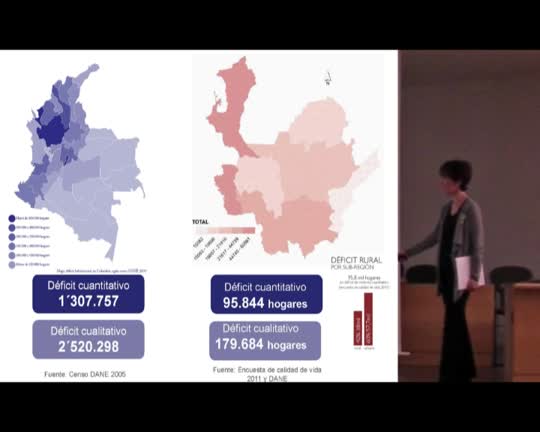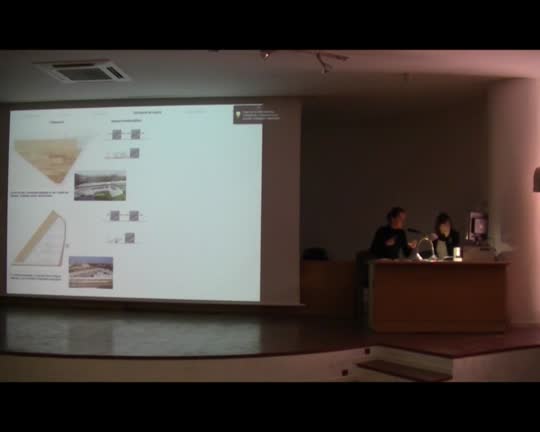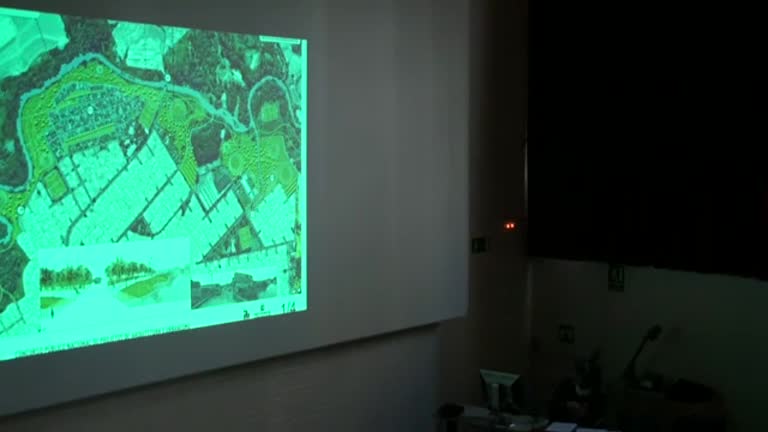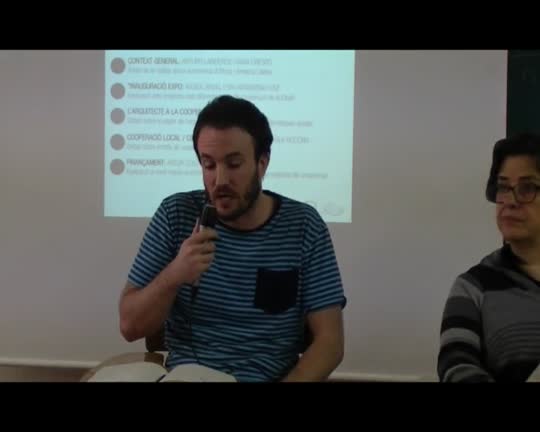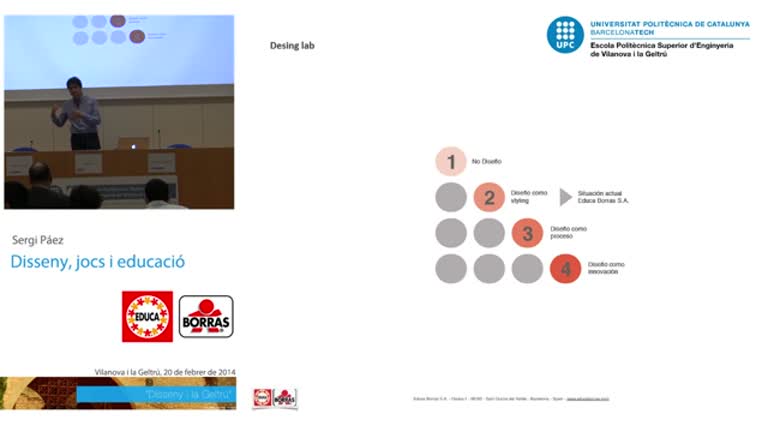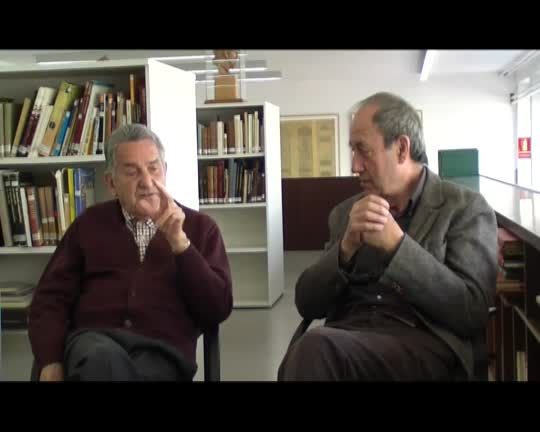Objectes multimèdia amb l’etiqueta: Arquitectura
Resultats de la cerca
El Sueño de habitar. Un compromiso de la arquitectura
Accés obert
27 de febr. 2014
Conferència de Ana Elvira Vélez, Arquitecta per la Association School of Architecture, London, 1992.
Os primeiros arquitetos modernos no Brasil. Conferència de Paulo Bruna
Accés obert
26 de febr. 2014
Taula rodona i debat. A continuació conferència de l'Arquitecte Paulo Bruna: "Os Primeiros arquitetos modernos no Brasil".
Teoría, Historia y Proyectos
Accés obert
26 de febr. 2014
Sessió matí del Congrés en la linia "Teoria, Història i Projectes" amb la presentació de les ponencias (vegeu títols alternatius): Elisabeth Castrodad; Ainara Cuenca e Irene Solé; Miguel A. Vázquez; Marta Fonseca i Renata Coradin. Moderat per Josep Mª Montaner, Director del Congrés.
Conferència inaugural. "Thematic design: Skills needed to serve a living environment"
Accés obert
25 de febr. 2014
Conferència inaugural del I Congreso Internacional de Vivienda Sostenible, a càrrec de John Habraken, Arquitecte i Teòric per la Universitat Tècnica de DelfT (Holanda).
Acte de Sensibilització sobre l'Emprenedoria Creativa
Accés obert
25 de febr. 2014
Presentació de l'acte a càrrec del Sr. Borja Piñeiro, Project Manager de BCD i coordinador del MID Mercat d'Idees de Disseny. Conferència a càrrec de Marta Recasens, Doctora en Arquitectura i col·laboradora de BCD. Presentació de cas d'èxit a càrrec de José Luis Echeverría. Cloenda
Out In
Accés obert
24 de febr. 2014
Conferència de l'Arquitecte Josep Lluís Mateo, Professor a ETH-Eidgenössische Technische Hochschule (Swiss Federal Polytechnic), per l'assignatura Projectes X, Linia Edificació, curs 2013-2014 -Primavera. Presentat per Jordi Ros Ballesteros, Director de l'ETSAB.
Projectes de JL. Mateo presentats: Ambaixada d'Espanya a Rabat, Marroc, 2000; Ambaixada d'Espanya a Canberra, Austràlia, 2008; Habitatges a Toulouse-Blagnac, França.
Projectes de JL. Mateo presentats: Ambaixada d'Espanya a Rabat, Marroc, 2000; Ambaixada d'Espanya a Canberra, Austràlia, 2008; Habitatges a Toulouse-Blagnac, França.
Taula rodona "Cicle Cooperació"
Accés obert
20 de febr. 2014
Taula rodona i debat per tractar la dicotomomia i lligams entre la cooperació local i la cooperació internacional en sis blocs: els objectius, l'àmbit; com sorgeix; l'escala; el lloc; els feddbacks i una reflexió sobre què vol dir la cooperació.
Disseny, jocs i educació
Accés obert
20 de febr. 2014
Ullada a les capacitats que el propi Sergi Páez destaca: Design Management, Team leading, Design thinking, Cocreació, Negociació amb proveïdors, Gestió de projectes, Timings-Schedules, Benchmarking, Art director, Especialista en programació, 3D design, Sketch. Sergi Páez treballa el disseny i la creació de jocs a Educa Borras, empresa innovadora i capdavantera en el seu sector.
Exposició dels Projectes de Cooperació realitzats per equips de l'ETSAB
Accés obert
18 de febr. 2014
Presentació dels Projectes. Base A - Senegal; BasiG - Gualtemala; ESFA - Argentina; USF - Camerún; USF - Bolivia.
Exposició que s'enmarca dins el Cicle "Cooperació Slowinfo" i vol ser una mostra de la cooperació que es fa des de l'ETSAB.
Exposició que s'enmarca dins el Cicle "Cooperació Slowinfo" i vol ser una mostra de la cooperació que es fa des de l'ETSAB.
Entrevista a Paco Asarta (2)
Accés obert
17 de febr. 2014
Entrevista a l'Arquitecte Paco Asarta a càrrec de Jaume Sanmartí, Director de la Càtedra Gaudí a l'ETSAB.
L'Arquitecte a la Cooperació
Accés obert
13 de febr. 2014
Dins del cicle Cooperació, Taula rodona i debat organitzat per ESFA, Espai Social i de Formació en Arquitectura, amb la intervenció de professors de l'ETSAB i l'EPSEB.


